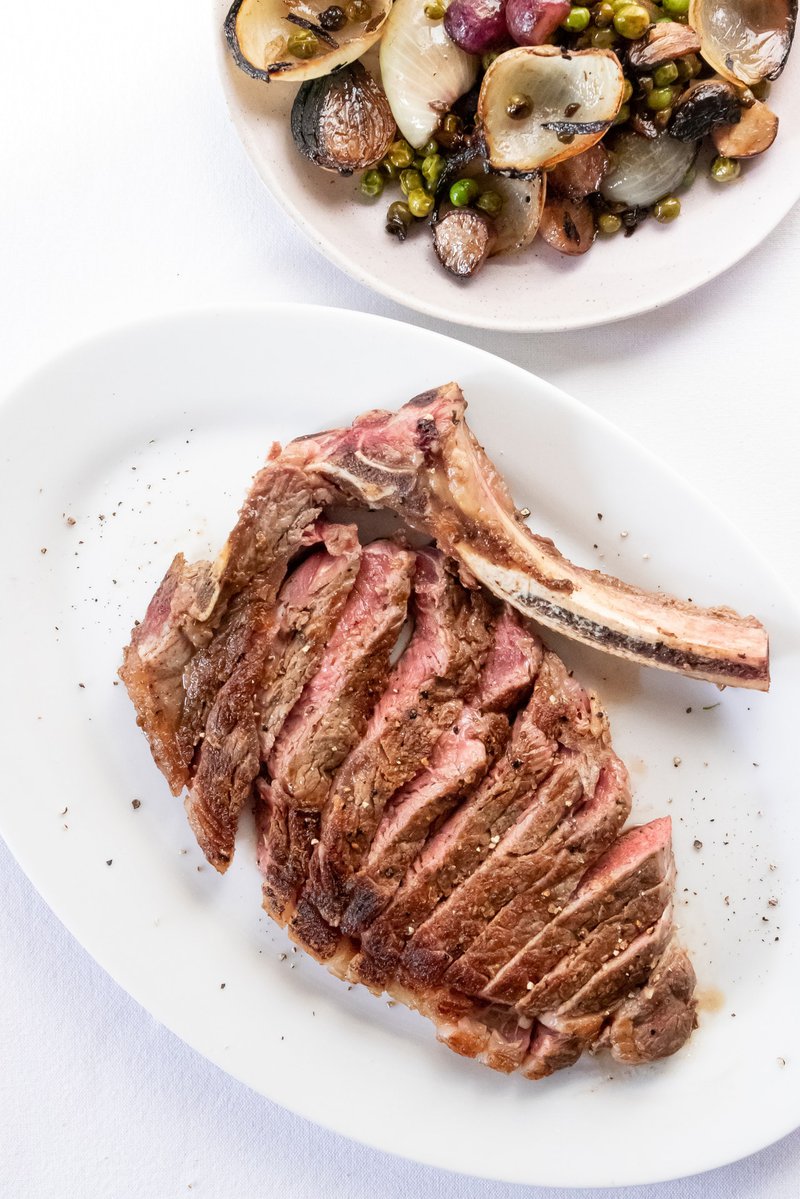
Humanity has come a long way in recent decades. We learned how to make a nuclear bomb and how to send messages almost instantaneously. We landed on the Moon and we put a mobile phone in almost every hand. We are almost done with communism, now that China is more capitalist than the US of A. We even haven't had a world war for the last 70 years - and that's a big one. But one thing still eludes the human genius - the male baldness. Yes, this sad and deceptively simple cosmetic condition seems impervious to the best medical efforts so far. Of course, there are some remedies. Unfortunately, they fail to combine two simple and very desirable requirements, namely:
- Effectiveness - in actually correcting, you know, baldness, and
- Side effects
The second part is the saddest, since the most popular and effective medical treatments seem to cause erectile dysfunction. Which is a bit counterproductive, because the most common reason guys want to restore a full head of hair is to be more attractive to the ladies. But wait, you might be saying, how do you know for sure there isn't a cure somewhere, maybe just a bit (or very) expensive? Not available to hoy poloy? Unfortunately, I know for sure, even though I have never researched thoroughly the subject myself. I have had other people doing it for me. Famous, rich and powerful people. Meet His Royal Highness, Prince William, a possible future King of England, Scotland (unless they declare independence) and Northern Ireland (unless they, you know, bugger of to join ROI):

As you can clearly see, there isn't much to see on the top of this royal head. I'm very confident, that if there was actually a safe and reliable cure for this condition, HRH would have had it, no matter the cost. I could have added a picture of another well to do person, actually, much better to do, at least financially, Jeff Bezos. But I won't bother - one picture of a balding man is enough for this blog post, especially when the main subject is something else entirely. I hope you understand my main point - it is possible to see that something doesn't have a solution yet by simply looking at some very visible proxies.
Now, let's look at the problem at hand, namely an artificial steak. The idea is wonderful - instead of wasting huge resources on raising cattle and then inhumanely slaughtering it, all in the name of getting a small chunk of animal flesh, we could be growing it in a vat. From plant and even inorganic source materials. Under sterile and fully controlled conditions. With zero suffering to any living creature (other than the rancher and cowboys crying their eyes out). What not to like? And there are plenty of startups, that are trying to do precisely that - find the magic source ingredients and the golden process that would allow them to supply the world with meat that never met a cow. Or a pig. Or... you get it. And some of them claim success. They say they are on the threshold of a great breakthrough, they have all their (artificial, of course) ducks in a row, almost ready to shower us with freshest fillets and rib-eyes with no gilt attached. Very soon, they say. And I have my doubts. Why? Please meet our next guest, the humble milk:

What so special about milk, you say? In fact, this wonderful drink is responsible for a lot of the abovementioned animal suffering, since plenty of cows need to be kept in rather appalling conditions to provide it. We, the humans, still do it, since we seem to love it quite a lot. And we love cheeses, and creams and all other goodies we learned to make out of milk. So, wouldn't it be wonderful if we could create artificial milk instead and reduce the animal suffering in the process, at least partially? More to the point, it would be so much easier. If you ever saw a glass of milk (if you haven't, please refer to the picture above), then you know, that milk happens to be a liquid. As such, it has much simpler structure than the rather more complex piece of meat. Flesh has many different layers inside it - muscle fibre, layers of fat, connecting tissue, other stuff I have no clue about. One of the bigger challenges for the artificial steak manufactures is to try and imitate it to some extend. Milk might not be primitive either, but, by lacking macro-structure, is obviously much easier to imitate.
I am not saying it is easy. In fact, one of the earliest attempts to create artificial milk ended in disaster and lead to great scientific break through. A 19th century Russian researcher Nikolai Lunin was trying to feed mice with what he thought was a reliable approximation of cow's milk. He had the right mixture of fats and all other things he could detect at that time. But the poor rodents kept dying. Eventually he realised that something was missing, something essential for life - the vitamins.
Today we know the chemistry of milk 10,000 times better. We also know how it works in the digestion system, and how the body produces it. But, no matter how much we know about it, one absence speaks with a thunderous voice - there is no artificial milk today! I'm not talking about soy milk or similar stuff, these are milk replacements, resembling it in idea, but not in taste or nutrition. And since there is no artificial milk, I personally very much doubt we will have artificial steak any time soon.